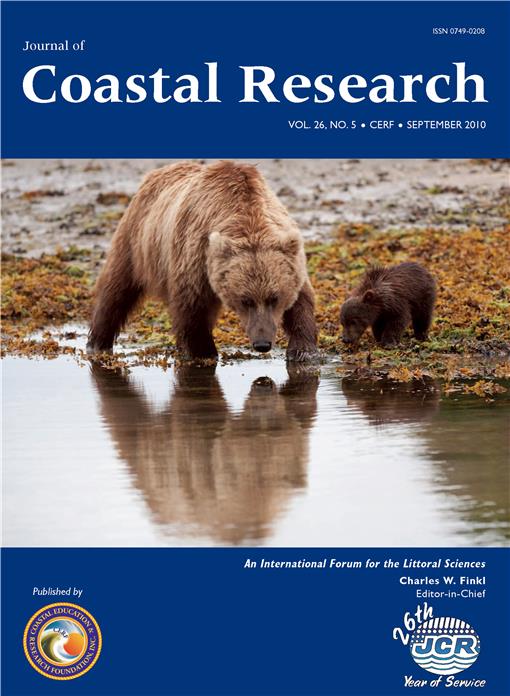Tidal wetland restoration of up to 54 km2 of diked subsided former salt ponds over the next 50 years is the major component of the South Bay Salt Pond Restoration Project, in the southern arm of the San Francisco Bay estuary. Re-creation of functioning vegetated marshes relies on capturing recirculated estuarine mud in the ponds to allow the surface to rise to mature marsh elevations. This sediment demand creates a vast new sediment sink within the estuary and raises two important questions; is there sufficient sediment to re-create tidal marshes within the desired time frame, and how will the evolution of intertidal habitats of the entire South Bay be affected? To answer these questions, a hybrid morphologic model using sediment budget analysis was developed to predict the 50-year evolution of the estuary for no action and managed restoration scenarios. The model predicts that restoration of tidal marsh within the restored ponds will not be sediment limited. Significant loss of offshore mudflats and associated shoreline erosion are predicted with or without restoration. There will be a significant increase in tidal marsh habitat with managed restoration and an increased loss of mudflats, partially balanced by creation of transitional mudflats in the ponds. Uncertainty in the sediment budget components and their significance in predicting habitat change are analyzed using sensitivity analysis. The analysis shows that variability in the magnitude of predicted sea-level rise and suspended sediment inflow from Central San Francisco Bay induce the greatest uncertainty in predicted mudflat area.
How to translate text using browser tools
1 September 2010
Predicting the Impact of Large-Scale Tidal Wetland Restoration on Morphodynamics and Habitat Evolution in South San Francisco Bay, California
David S. Brew,
Philip B. Williams
ACCESS THE FULL ARTICLE
conceptual model
mudflat
sea-level rise
Sediment budget
sediment dynamics
sensitivity analysis
tidal marsh





